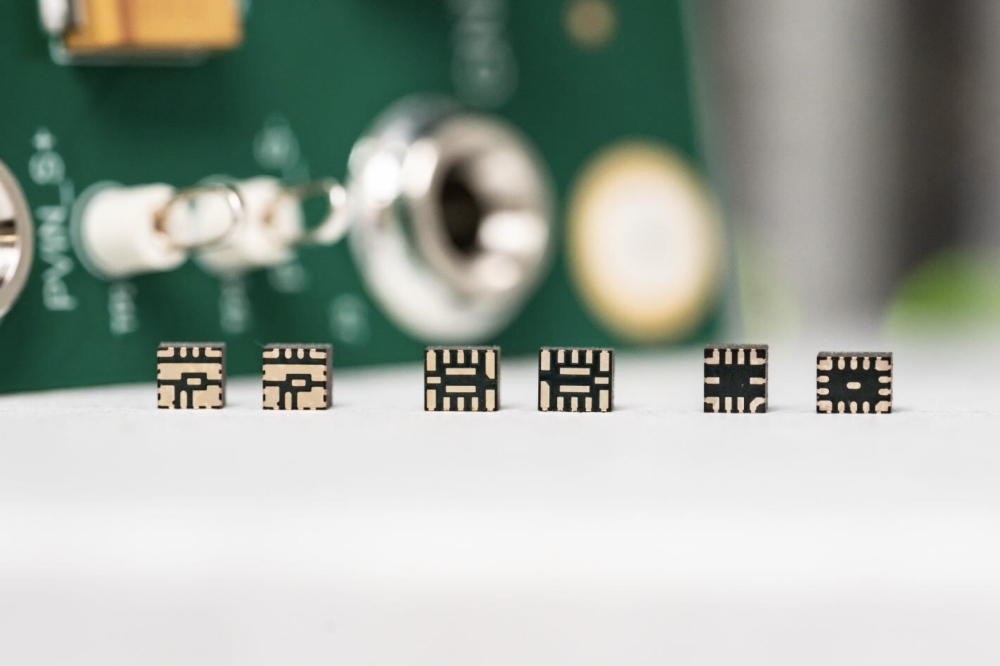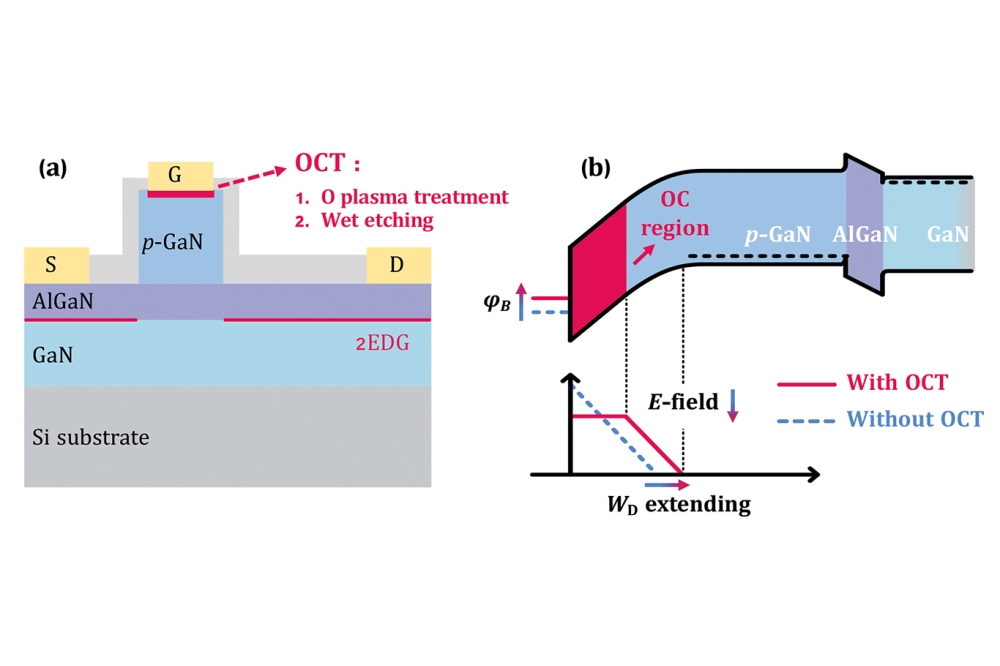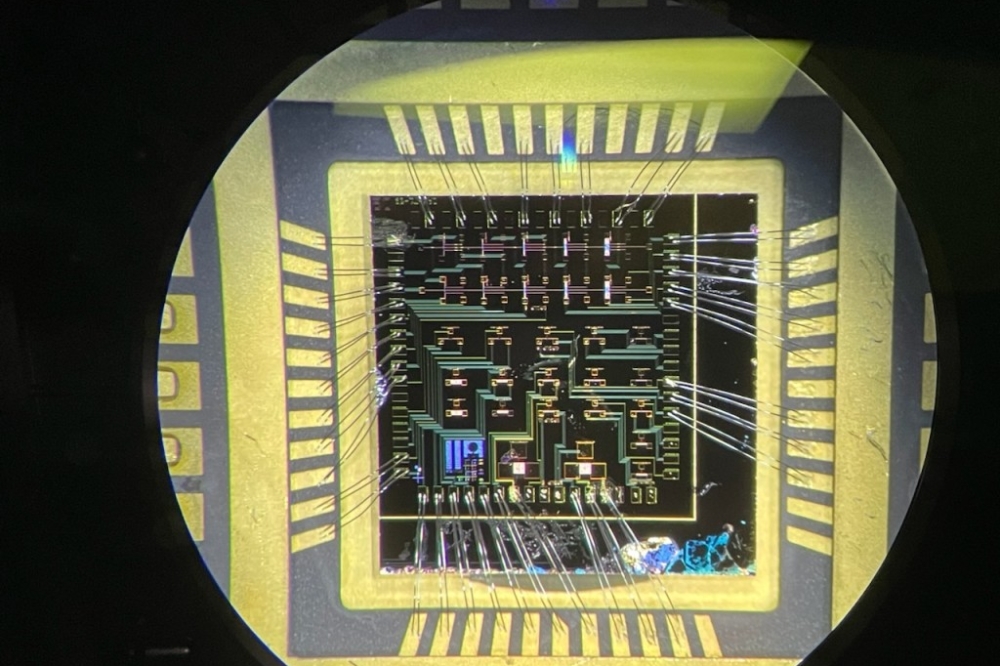DOE announces $42M to update US power grid

Funding for 15 R&D projects aims to bolster efficiency and prevent power outages
The US Department of Energy (DOE) has announced $42 million for 15 projects across 11 states to improve the reliability, resiliency, and flexibility of the domestic power grid through the development of next-generation semiconductor technologies.
Funded through DOE’s 'Unlocking Lasting Transformative Resiliency Advances by Faster Actuation of power Semiconductor Technologies' (ULTRAFAST) program, the technologies being developed would enable more effective control of grid power flow and better protection of critical infrastructure assets.
“Modernising our nation’s aging power grid is critical to strengthening our national and energy security, and absolutely essential to reaching President Biden’s ambitious goal of a net-zero economy by 2050,” said US Secretary of Energy Jennifer M. Granholm. “This new investment will support project teams across the country as they develop the innovative technologies we need to strengthen our grid security and bring reliable clean electricity to more families and businesses—all while combatting the climate crisis.”
Managed by DOE’s Advanced Research Projects Agency-Energy (ARPA-E), selected projects include:
GaNify (State College, PA) will develop an optically isolated, power-integrated building block that would enable enhanced control of power electronics converters for a more efficient and reliable grid. (Award amount: $3,060,000)
Georgia Institute of Technology (Atlanta, GA) will develop a novel semiconductor switching device from wide-bandgap III-Nitride material to improve grid control, resilience, and reliability. (Award amount: $2,700,000)
Great Lakes Crystal Technologies (East Lansing, MI) will develop a diamond semiconductor transistor to support the control infrastructure needed for an energy grid with more distributed generation sources and more variable loads. (Award amount: $2,301,538)
Lawrence Livermore National Laboratory (Livermore, CA) will develop an optically-controlled semiconductor transistor to enable future grid control systems to accommodate higher voltage and current than state-of-the-art devices. (Award amount: $3,000,000)
NextWatt (Hoffman Estates, IL) will develop an ultrawide-bandgap optical triggered device that addresses the need for fast protection for solid-state transformers, a promising technology for revolutionising substations and renewable energy systems. (Award amount: $2,268,750)
Opcondys (Manteca, CA) will develop a light-controlled grid protection device to suppress destructive, sudden transient surges on the grid such as those caused by lightning and electromagnetic pulses. (Award amount: $3,178,977)
RTX Technology Research Center (East Hartford, CT) will develop semiconductor switching modules that are triggered by wireless radio frequency signals, reducing losses and improving control of power electronics converters for the grid and other applications. (Award amount: $2,500,000)
Sandia National Laboratories (Albuquerque, NM) will develop novel solid-state surge arrester that would protect the grid from very fast electromagnetic pulses that threaten the grid’s reliability and performance. (Award amount: $2,560,000)
Texas Tech University (Lubbock, TX) will develop a photoconductive semiconductor switching device from advanced ultrawide-bandgap materials that would enable improved control of the grid. (Award amount: $3,070,735)
University of Arkansas (Fayetteville, AR) will develop a heterogeneously integrated high-power semiconductor module for applications in the electric power grid and electrified transportation. (Award amount: $2,931,177)
University of California, Santa Barbara (Santa Barbara, CA) will develop ultrawide-bandgap switching devices that would achieve higher voltages and speeds than the state-of-the-art, enabling more sophisticated control methods for the grid. (Award amount: $3,122,356)
University of Illinois at Urbana-Champaign (Urbana, IL) will develop optically triggered diamond semiconductor switching devices to enable revolutionary breakthroughs in electricity grid protection. (Award amount: $2,982,311)
University of Pennsylvania (Philadelphia, PA) will develop an integrated module featuring wide-bandgap power devices with optical control and sensing to improve electric grid control, resilience, and reliability. (Award amount: $2,240,309)
University of Wisconsin-Madison (Madison, WI) will develop an optically triggered semiconductor switching device to reduce power losses and increased performance compared with current technologies. (Award amount: $2,990,321)
University of Tennessee, Knoxville (Knoxville, TN) will develop scalable, light-triggered semiconductor switching modules with integrated sensing for protection of the grid and other power distribution systems. (Award amount: $2,759,821)



































